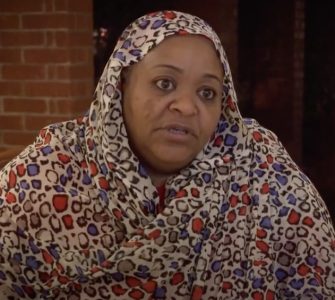Reshma Naik
Senior Program Director

One of the things that Population Reference Bureau helped us in very well is to think about your audiences, the diverse audiences, from the start, not at the end.
Nafisa Bedri, Professor of Reproductive Health at Ahfad University for Women (Sudan)
One of PRB’s primary roles was to support the project’s workstream on research uptake by building the capacity of researchers in the consortium to effectively communicate their findings to decisionmakers so that they could effect positive change for policies, programs, and strategic investments. As such, we worked with researchers to identify key decisionmakers, craft policy-relevant questions and designs, develop plans to keep decisionmakers engaged throughout the research process, craft compelling messages, and plan for dissemination. PRB also provided technical assistance and created several compelling written and digital products to communicate key findings and the project’s legacy messages to global and national audiences in visually appealing and accessible ways.
PRB’s work on evidence uptake for Evidence to End FGM/C contributed to some important legacies for the project, including increased demand for evidence from health professionals, associations, regulatory bodies, and program implementers. As a result of Consortium staff bringing together key players working on FGM/C in their respective countries and communicating evidence effectively, the consortium’s work has become part of the FGM/C response in much of Africa.
By distilling research in easy-to-understand language and formats for targeted non-technical audiences, the consortium was able to share information through a variety of channels to influence decisionmakers, including conference presentations, workshops, peer-reviewed journal articles, webinars, print and broadcast media, consortium members’ websites, videos, briefs, blogs, and social media.
As a result of the new approaches they’ve taken, many of the country teams have achieved important results. For example, some were invited to national-level strategic thinking and planning sessions for FGM. One team influenced the inclusion of FGM in a medical school curriculum in Egypt, and others guided high-level investment decisions based on statistical modeling estimates.
Multiple Evidence to End FGM/C consortium members and advisors discuss their experience with the project:
“It’s really unique in the sense that we are saying–we need to have methods besides the health surveys that then we can use to sort of triangulate and give us an idea of whether, really, prevalence is going down,” said Agnes Meroka-Mutua,Lecturer, School of Law and Africa Coordinating Centre for the Abandonment of FGM/C, Univeristy of Nairobi, Kenya.